
Image: CC0 Public Domain
A recently published article in The Scientist tells a growingly familiar tale in scholarly publishing: predatory publishers taking advantage of, and often times profiting from, researchers across the globe.
The term “predatory publishers” was coined by University of Colorado Denver librarian, Jeffrey Beall, nearly a decade ago. These publishers disseminate plagiarized or poorly reviewed content, taking advantage of a pay-to-publish open access system by charging authors high prices to disseminate their content while all but eliminating the peer review process. In the case of the article published in The Scientist, these predatory journals even trick established researchers to agree to have their names listed on editorial boards, falsley presenting themselves as credible start-up journals. While this may bolster a journal’s credibility at first glance, it often doesn’t go beyond a name listed on a website, with little to no communication from the journal to the editors.
(RELATED: “For-science or For-profit?”)
And if predatory publishers can’t trick honest researchers, that publisher may just recruit a fake editor. A recent investigation, spearheaded by Nature, found that dozens of academic journals have been recruiting fake editors and offering them a place on their editorial board.
According to reports from the Hanken School of Economics, predatory journals increased their publication volume from 53,000 to 420,000 articles per year between 2010 and 2014. Taking article processing charges into account, the report estimates that all-in-all, the predatory publishing market was worth at $74 million in 2014.


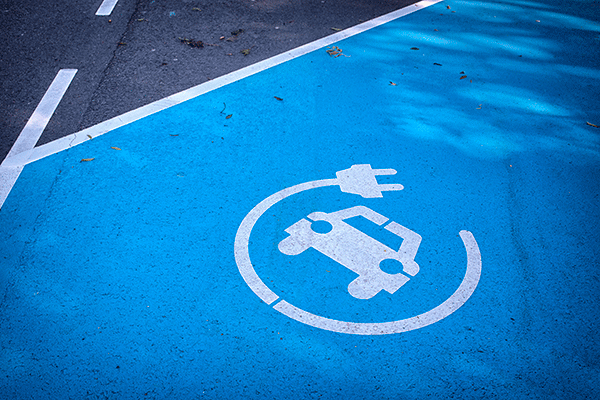 When will cars powered by gas-guzzling internal combustion engines become obsolete? Not as soon as it seems, even with the latest automotive news out of Europe.
When will cars powered by gas-guzzling internal combustion engines become obsolete? Not as soon as it seems, even with the latest automotive news out of Europe. Emergency: You need more
Emergency: You need more  Scientists have created a single catalyst that could simplify the process of splitting water into hydrogen and oxygen to produce clean energy.
Scientists have created a single catalyst that could simplify the process of splitting water into hydrogen and oxygen to produce clean energy.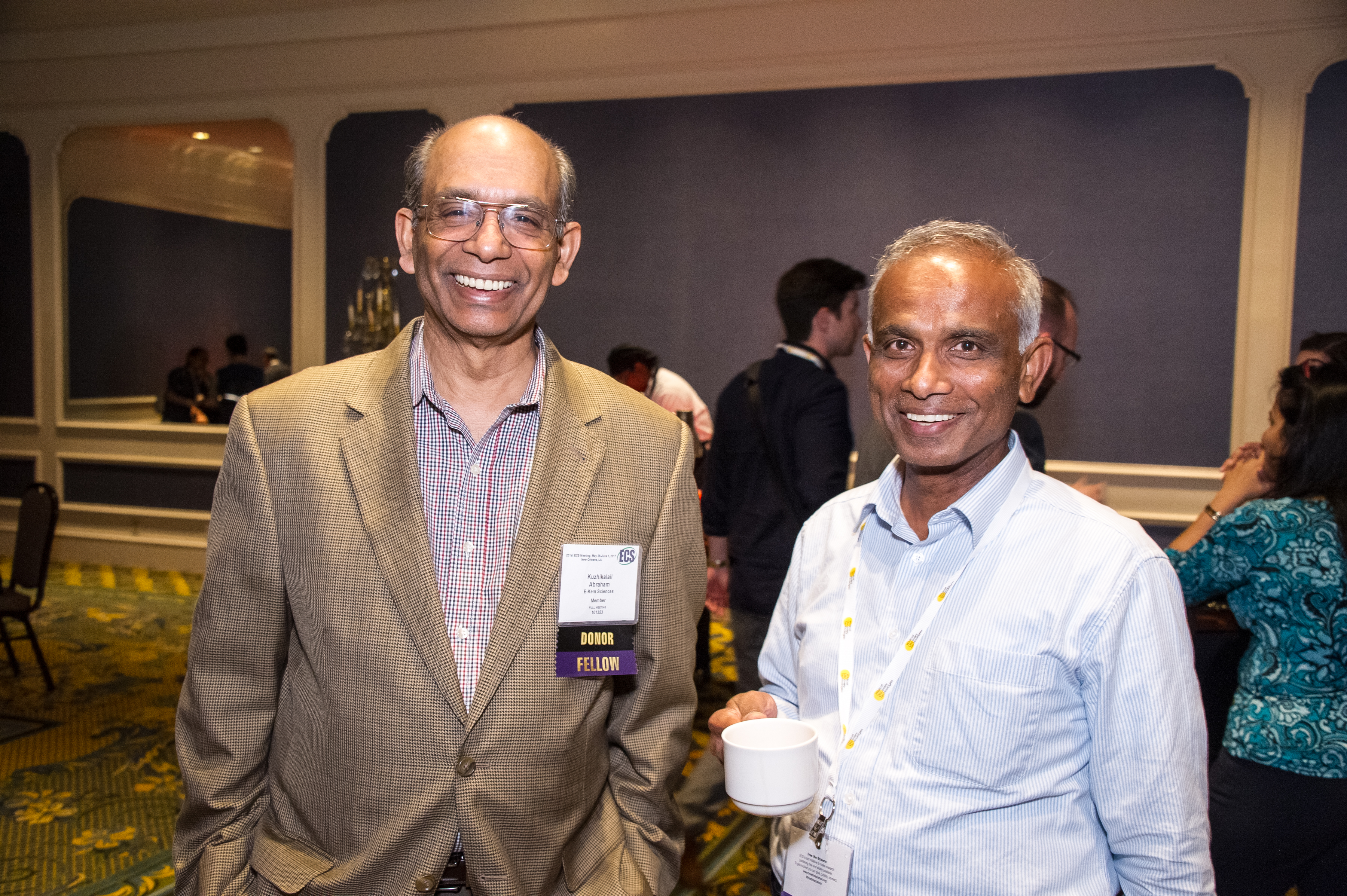 After months of hard work, ECS has launched an online membership wizard. Individuals who are interested in joining ECS as a student or as a member for one, two, three or five years are now able to complete their application online and have access to their ECS My Account.
After months of hard work, ECS has launched an online membership wizard. Individuals who are interested in joining ECS as a student or as a member for one, two, three or five years are now able to complete their application online and have access to their ECS My Account.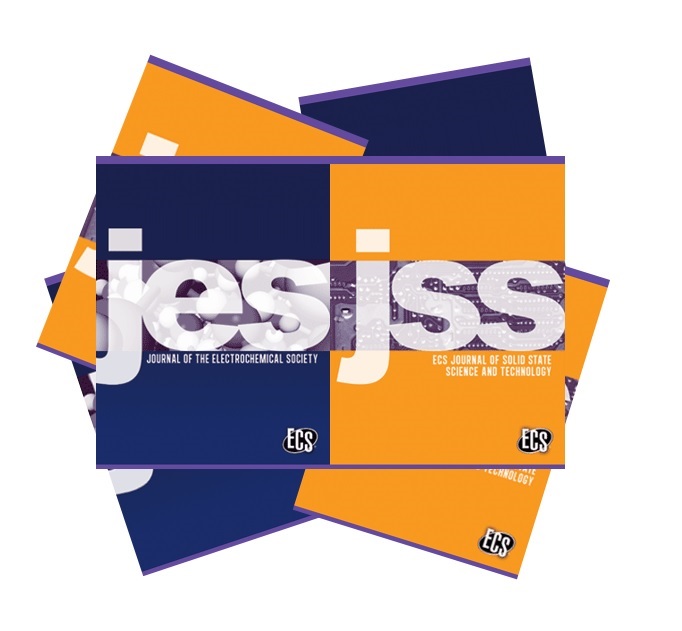 The journal impact factors (JIFs) for 2016 have been released, and ECS is pleased to announce that the JIFs for the
The journal impact factors (JIFs) for 2016 have been released, and ECS is pleased to announce that the JIFs for the 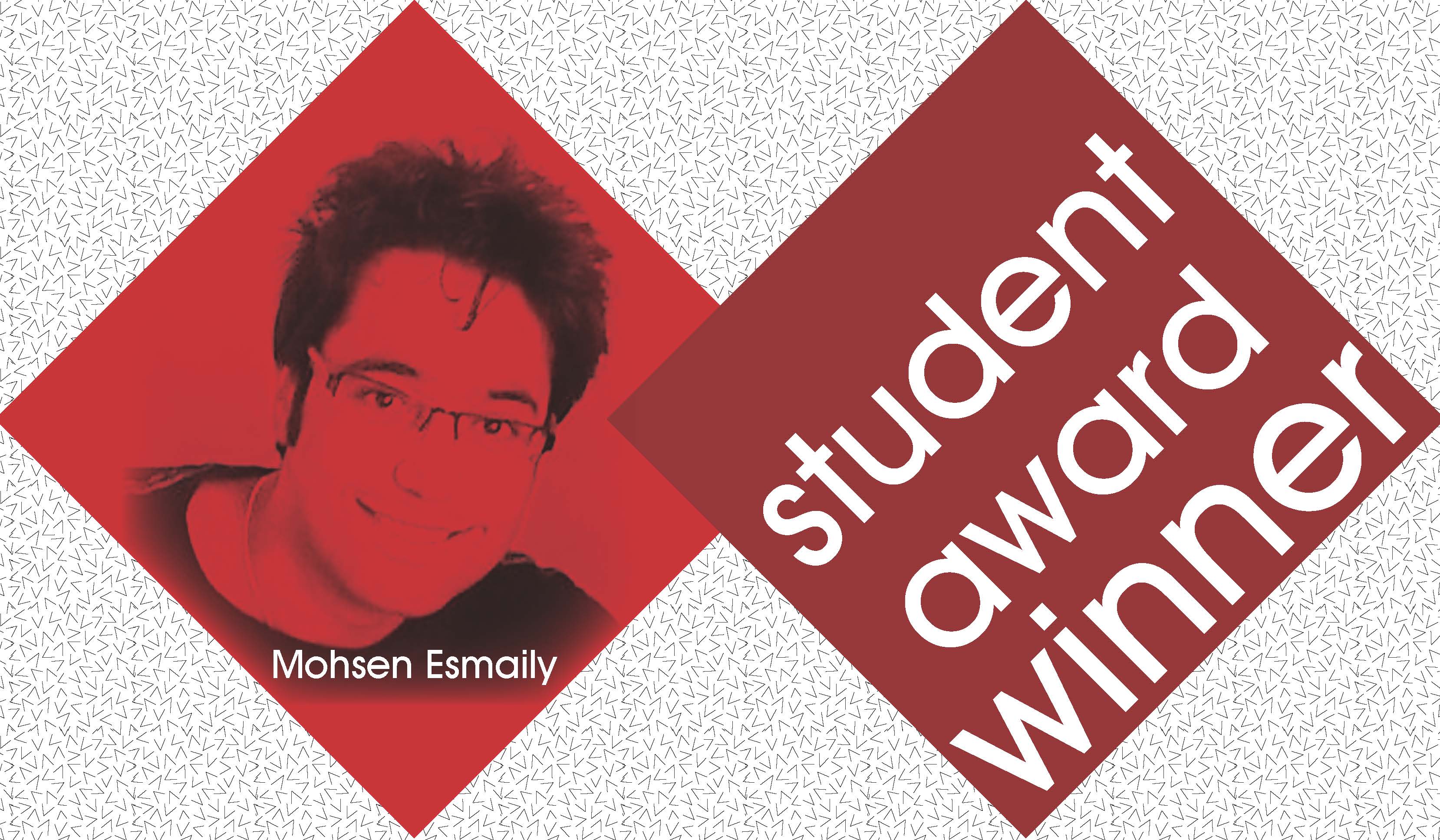
 Scientists have found that a common enzyme can speed up—by 500 times—the rate-limiting part of the chemical reaction that helps the Earth lock away, or sequester, carbon dioxide in the ocean.
Scientists have found that a common enzyme can speed up—by 500 times—the rate-limiting part of the chemical reaction that helps the Earth lock away, or sequester, carbon dioxide in the ocean.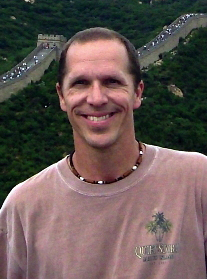 Brett Lucht is a professor of chemistry at the University of Rhode Island, where his research focuses on organic materials chemistry. Lucht’s research includes the development of novel electrolytes for lithium-ion batteries and other efforts to improve the performance of electrolytes for electric vehicles. Lucht has recently been named associate editor for the
Brett Lucht is a professor of chemistry at the University of Rhode Island, where his research focuses on organic materials chemistry. Lucht’s research includes the development of novel electrolytes for lithium-ion batteries and other efforts to improve the performance of electrolytes for electric vehicles. Lucht has recently been named associate editor for the 